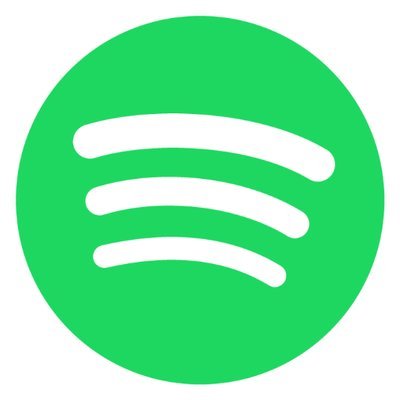
Spotify Software Engineer Case Interview: Design a Personalized Playlist Generation and Experimentation Service
This case mirrors Spotify’s real system-design-and-product case used for software engineers, emphasizing pragmatic trade-offs, data-informed decisions, and cross-functional collaboration within a squads/tribes model. Prompt: Design an end-to-end service that generates and serves a daily personalized playlist (think Discover Weekly–style) on mobile and desktop, supporting both Premium (offline, ad-free) and Ad-Supported (online, ad-supported) experiences. The service must deliver relevant tracks quickly on app open, refresh intelligently, respect regional licensing, and enable safe A/B experimentation. Scope and focus areas specific to Spotify’s interview style: (1) API and contracts: propose external and internal APIs to request a playlist and fetch track metadata and audio URLs; define request/response schemas, idempotency, pagination, and mobile constraints. (2) System design at scale: microservices boundaries (candidate generation, ranking, playlist assembly, metadata, licensing/availability), stateless vs stateful components, cache strategy (edge/app cache vs CDN), latency budgets (e.g., p95 under a few hundred milliseconds for the first page), multi-region and failover, backpressure, circuit breakers, and fallbacks (e.g., cached or editorial playlists). (3) Data and ML integration: how listening history, skips, saves, follow graph, and context signals feed candidate generation and ranking; online feature retrieval vs batch; cold-start strategy; near-real-time updates via event streams; feature store considerations; guarding against feedback loops. (4) Experimentation and metrics: hypothesis-first design, bucketing, exposure logging, guardrails (latency, crash rate, ad revenue impact, licensing errors), success metrics (completion rate, skips per hour, saves, day-7 retention), progressive rollouts, and diagnosing sample-ratio mismatch; how to design A/A and holdouts. (5) Premium vs Ad-Supported differences: offline download packaging, DRM and storage, freshness and invalidation, ad-break signaling and frequency capping, and ensuring parity of core UX. (6) Rights, privacy, and policy: regional licensing filters, explicit/clean versions, GDPR/CCPA principles (consent, deletion, minimization), user data retention, and privacy-by-design. (7) Reliability and cost: SLOs, error budgets, observability (metrics, tracing, structured logs), capacity estimates, cost-aware design (e.g., caching vs recomputation), and graceful degradation. (8) Collaboration and working style: how you’d partner with data science, product, design, and legal; aligning on milestones and success metrics; iterative delivery that fits Spotify’s autonomous squads. Interview flow (typical Spotify cadence): 0–5 min clarify requirements and success criteria; 5–25 min architecture sketch and component responsibilities; 25–40 min data/ML and ranking integration plus experimentation plan; 40–55 min deep dives on reliability, privacy/licensing, Premium vs Ad-Supported and offline; 55–70 min trade-offs, phased rollout, and Q&A. Expectations: think aloud, state assumptions, quantify where possible, and show bias for incremental, measurable impact. Evaluation rubric (what strong answers demonstrate): crisp API and domain modeling; sound partitioning into services with clear ownership; concrete latency/SLO targets and fallback paths; realistic data and experimentation plans; explicit handling of licensing and privacy; clear Premium vs Ad-Supported considerations; and collaborative/product sense aligned with Spotify’s culture.
8 minutes
Practice with our AI-powered interview system to improve your skills.
About This Interview
Interview Type
PRODUCT SENSE
Difficulty Level
4/5
Interview Tips
• Research the company thoroughly
• Practice common questions
• Prepare your STAR method responses
• Dress appropriately for the role